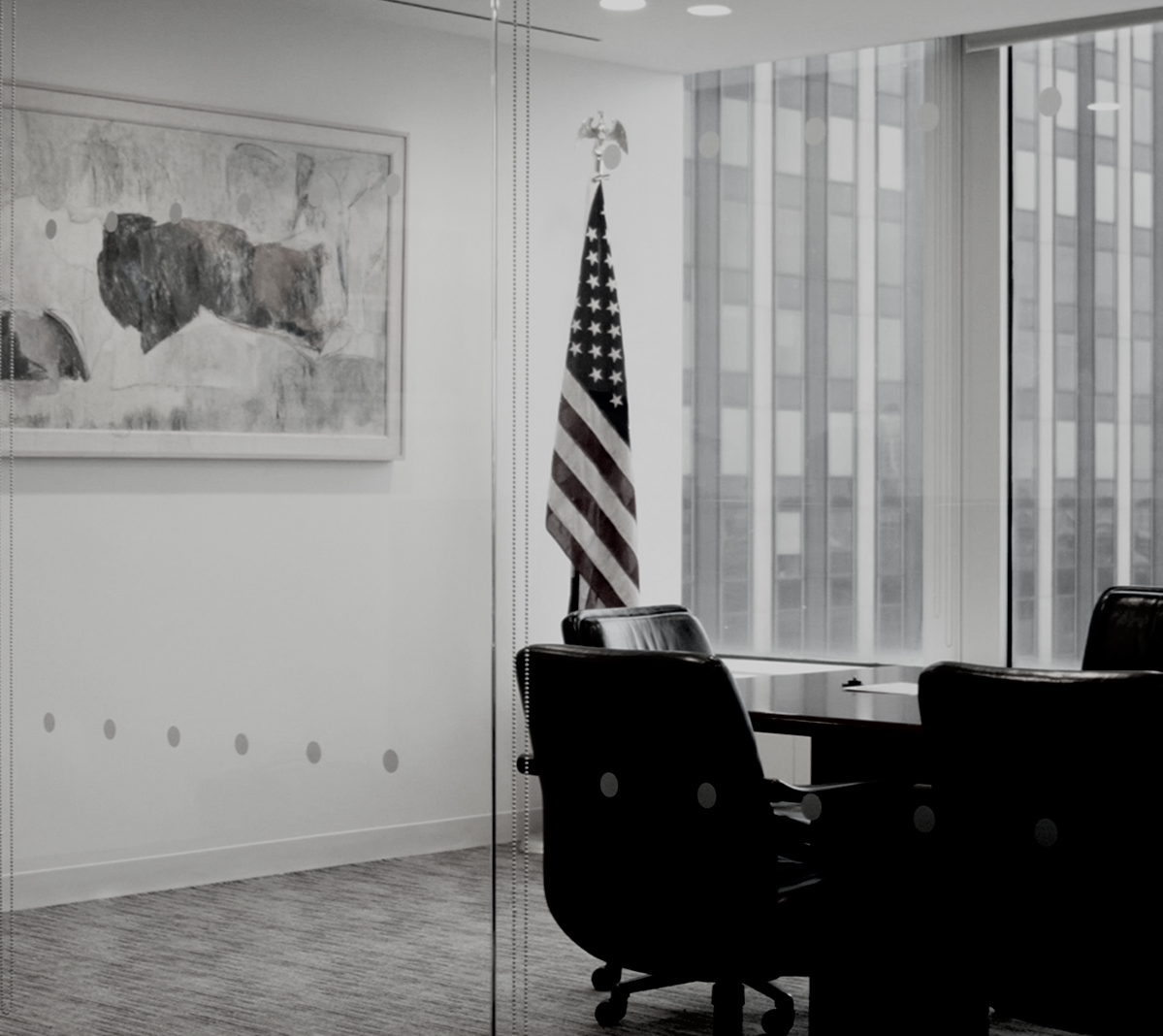AFFF Litigation: Representing Airports to Recover PFAS-Contamination Losses
by Kaitlin Gagnon
Milberg’s State & Local Government and Environmental Practice Group attorneys are partnering to recover losses on behalf of American airports stemming from the remediation of and departure from Aqueous Film-Forming Foam.
What is Aqueous Film-Forming Foam?
For decades, Part 139 airports across the country have been required to utilize Aqueous Film-Forming Foam (AFFF), an advanced firefighting foam that extinguishes liquid-based fires including those activated by jet fuel. From general storage to periodic spray tests, AFFF has been mandated by the Federal Aviation Agency (FAA) for use at airports since the 1970s.
While the foam’s extinguishing capability is undeniably effective, findings from the EPA and other Environmental Groups have shown serious environmental and physiological dangers associated with the use of this product.
Environmental research now designates AFFF as one of the leading spreading agents of PFAS – man-made chemicals, also known as “forever chemicals,” proven to be linked to detrimental health effects including cancer and various diseases.
Today, over 500 airports across the United States are believed to be contaminated with PFAS resulting from the application of AFFF.
Firefighting facilities, military bases, and chemical plants have also commonly relied on AFFF; as a result, states and government agencies have implemented laws and regulations banning the sale, use, and manufacturing of the firefighting product.
AFFF Remediation: Transition Plan
Following the Reauthorization Act of 2018 – which first directed the FAA to transition to PFAS-free firefighting foams – Congress directed the FAA to prepare a transition plan in close partnership with the Department of Defense, the Environmental Protection Agency, and industry partners.
The FAA developed its Aircraft Firefighting Foam Transition Plan accordingly; the plan advocates for the transition away from AFFF to qualified, fluorine-free foam (F3) alternatives.
The plan encourages airports to consider new foam acquisition, long-term storage containers for unused AFFF products, and the removal/disposition of AFFF in accordance with the EPA’s interim guidance and federal, state, and local regulations.
These efforts coincided with larger regulatory measures enforced by the EPA to address PFAS contamination at large (i.e. drinking water systems, household products) over the same timeline.
Airports Brace for Financial Strain
While varying from airport to airport, the costs associated with transitioning away from PFAS-contaminated AFFF foams will be substantial.
The Department of Defense has estimated the total cost will exceed billions of dollars and, with limited funding proposed, the brunt of financial responsibility will fall upon the airports themselves to cover.
Associated airport costs include, but are not limited to:
- Cleanup costs
- Equipment replacement costs
- New foam purchases
- Employee retraining for new foams
- Soil, water, and runway testing
- Soil, water, and runway remediation and/or replacement
- Potential lawsuits from workers and contaminated individuals
- Future expenses
In an estimate prepared by the Minnesota Department of Transportation, the proper transition from AFFF to F3 will cost each of its eight Part 139 Minnesota Airports approximately $2.7 million each. Other larger airports around the nation anticipate similar transition costs equating to tens of millions of dollars.
Milberg’s State & Local Government Group: Holding AFFF Manufacturers Accountable
The manufacturers of AFFF – Dupont, 3M, Tyco, BASF, and many others – are no strangers to PFAS and environmental litigation.
In the multidistrict litigation involving drinking water contamination, manufacturers were accused of fully knowing the dangers of PFAS, concealing them, profiting from their concealment, and directly causing environmental and individual harm as a result.
Such PFAS litigation has prompted billions of dollars in manufacturer-settlements thus far.
At $10.3 billion, the 3M settlement alone is the largest water contamination settlement in the nation’s history. With just four of twelve major manufacturers settling to date, many expect additional PFAS funding will be soon made available.
Milberg attorneys are prepared to apply the same model(s) to relieve airports from the fiscal strain and environmental impacts associated with AFFF remediation.
In our proud tradition of effectuating change through litigation, Milberg’s State & Local Practice Group attorneys have achieved success against some of the world’s largest and most powerful corporations, including drug companies, tobacco companies, mining companies, and oil and gas companies. From consumer product litigation to toxic tort claims, Milberg attorneys have successfully pursued PFAS litigation for years.
In partnership with our Environmental & Toxic Torts Practice Group, Milberg attorneys are actively representing entities that have been forced to bear the costs of PFAS pollution by holding those who manufactured PFAS-contaminated products accountable.
Since the firm’s founding in 1965, Milberg and its affiliates have recovered over $50 billion for our clients. To discuss how Milberg can help your airport recover from PFAS contamination, please contact a member of our team today.
